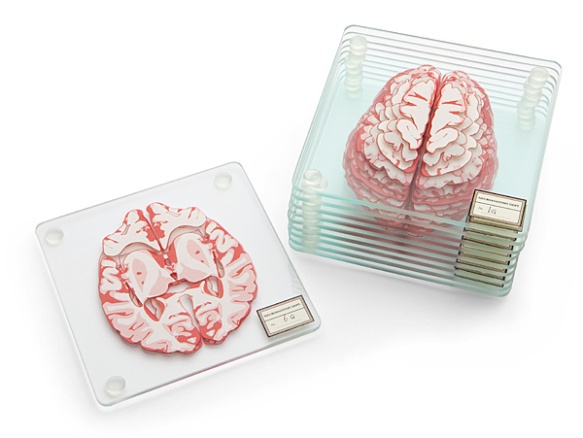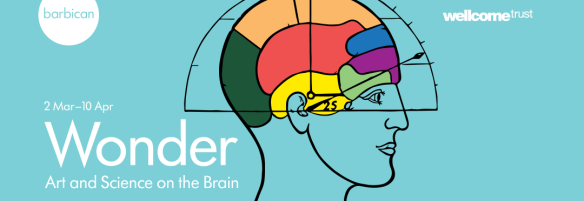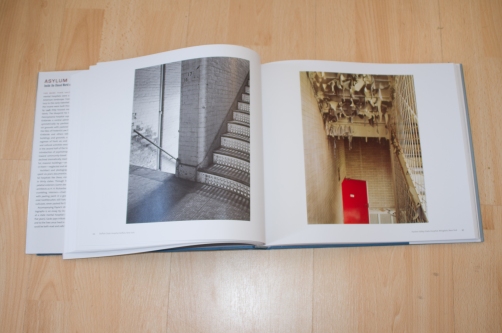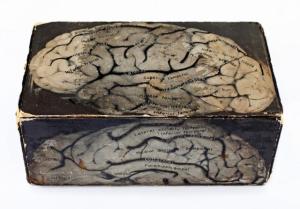This piece was originally written as a shorter commentary of a piece in Clinical Psychology Forum. It was scheduled to be published but then got put on hold amidst their various special issues so I thought I’d share it here.
For those unfamiliar, neuropsychological assessment (also referred to as psychometric or cognitive testing) refers to the process by which professionals (usually but not exclusively by clinical and eductional psychologists) aassess cognitive functioning. This usually involves carrying out a series of tests and tasks with an individual that cover a range of cognitive skills, including memory, concentration, planning, organising, language and visuo-spatial abilities. An IQ test is a form of this testing. Situations in which an assessment might be requested include assessing the impact of a brain injury, asssessing for the presence of dementia, learning disabilitiy or specific learning difficulty. A neuropsychological assessment can provide useful information for gaining a greater understanding of an individual’s difficulties and considering interventions that might help them.
From my own experience, neuropsychologial assessment is often not a favourie activity for psychologists. Some people see it as impersonal and rather arbitary – just running through tests that seem to have little relevance to everyay life in an automated fashion. It can be hard to see the person beyond the list of test scores andpercentiles generated. I think some of the issue here is the way that neuropsychological assessment is taught and written about. Often there is a lot of foccus on selecting tests, carrying them out in a standardised way (which is of course important), scoring and analysing the data, looking for patterns. What can be left out is how to use neuropsychologial assessment information within a clinical formulation, consideration of ethical issues raised by the testing and how to best use interpersonal and thereputic skills within the assessment.
There has been increasing discussion around separating out clinical neuropsychology from standard clinical psychology training. This isn’t a move I suppport and I think it’s essential to highlight how the core skills and knowledge of the clinical psychologist are incorporated in neuropsychologial work, including when carrying out a good quality assessment. If we don’t bring psychology to these assessments, we may as well have clients complete them on a computer. Time pressures and perhaps a lack of professional enthusiasm for neuropsychological tetsing can squeeze out some of the human component. Below I detail a few areas that I believe are sometimes left out and require attention.

The Stroop Test, one of the best known psychometric tests, is used to measure switching and inhibition (components of executive functioning)
Informed consent
The client’s consent to complete the assessment should always be sought. It is not uncommon for individuals to arrive at their session with little idea of what to expect, and less so the potential implications of the results. We should inform clients of the benefits of the assessment but it is important to also discuss potential negatives. The results may have a far-reaching impact, including contributing to the allocation of a diagnostic label and the potential stigma of this (such as intellectual disability), impact on eligibility for services and associated benefits including fitness to hold a driving liccense. Ideally this is a time for collaborative discussion about the questions the client would like the assessment to answer, and tthis can be used to plan the assessment. Misunderstanding the purpose of the assessment may also impact on the level of effort that clients put in. These converations take time and may be difficult to achieve when there is pressure from referers and other parties to get the assessment ddone quickly or not to “encourage” the client to decline the assessment.
Creating meaning within the assesment
In addition to contributing to formulation and intervention planning, there is potential for the assessment itself to be a meaningful and therapeutic experience. The assessment may be the first time the client has had their difficulties heard and given sufficient attention, and psychometrics may provide a medium for discussing issues that can feel intangible and hard to express to others. IIve been amazed at the relief some clients have flt when I was able to give them words to describe previously nebulous difficulties. AAssessments can be long and stressful, they put people through their paces and can highlight the very things people find most difficult. Rapport needs to be built and maintained throughout the assessment to keep clients engaged, and empathic support provided if the experience triggers anxiety.
Feedback – Concluding the proccess
The provision of feedback brings the assessment results together and maximises the opportunities for the client to understand the outcome of the process and to take away something useful. Providing personalised feedback can enhance clients’ sense of control and engagement in their treatment. It can also be an opportunity to provide psychoeducationand discuss strategies for managing cognitive difficulties. The provision of thoughtful and sensitive feedback is especially important when the results indicate impairment or are suggestive of pathology. Feeding back need not always be a lengthy process and not all clients will wish to have a formal session, but offering this validates the time and effort they have put in to what can be a stressful experience, and also represents a conclusion to the piece of work.
The recent viewpoint article in The Psychologist magazine exemplifies a worst-case scenario where a neuropsychological assessment is experienced as a disjointed process without meaning.
“The psychologists produced a range of memory, attention and executive function neuropsychological tests without telling me the names of the tests or why it was important for me to complete the assessment. I performed these tests obediently while feeling immense frustration and confusion inside. The results of the tests were never revealed to me. Strangely, the implications of my injury were never highlighted and coping strategies were not discussed. Instead, I spent hours performing these monotonous and challenging neuropsychological tests, while trying to deal with the emotional impact of the car accident and my brain injury alone.”
Experiences like these are regrettable and really an embaressment to the profession. Collaboration is however very possible and can bring the focus back to the client and their needs, helping them to get the most from the process.


















